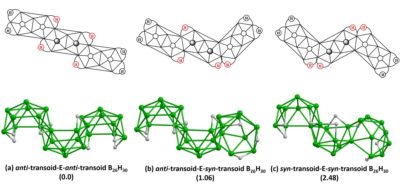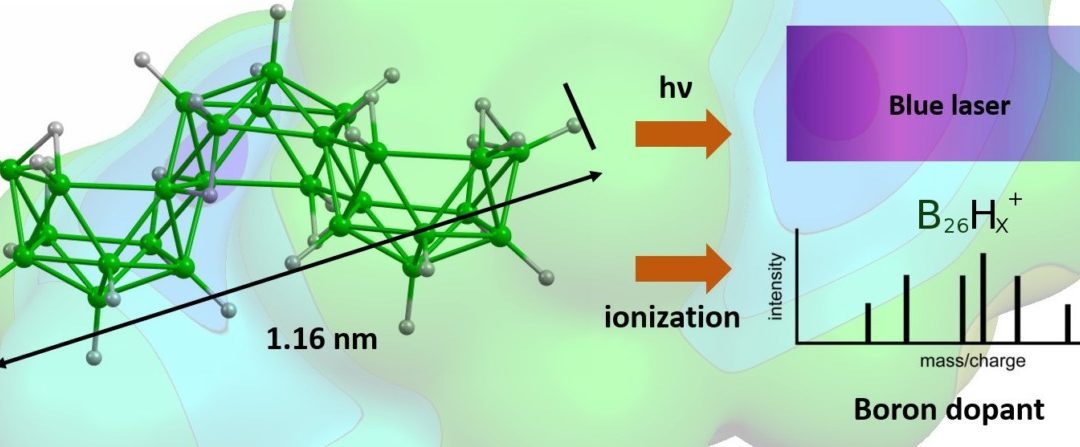Decaborane(14), nido-B10H14, is the major commercially available molecular building block in boron cluster chemistry. The condensation of two such {nido-B10} blocks gives the known isomers of B18H22 – a molecule used in the fabrication of p-type semiconductors and capable of blue laser emission. Here, we computationally determine the structures and thermodynamic stabilities of 20 possible B26H30 regioisomers constructed from the fusion of three {nido-B10} blocks with the three subclusters conjoined by two-boron atom shared edges. In addition, density functional theory, time-dependent (TD)-DFT and multiconfigurational CASPT2 methods have been used to model and investigate the physical and photophysical properties of the three most stable of these isomers. Our findings predict these isomers to be potentially useful materials for the semiconductor industry, as high boron-content doping agents, and in the fabrication of new optical materials.


